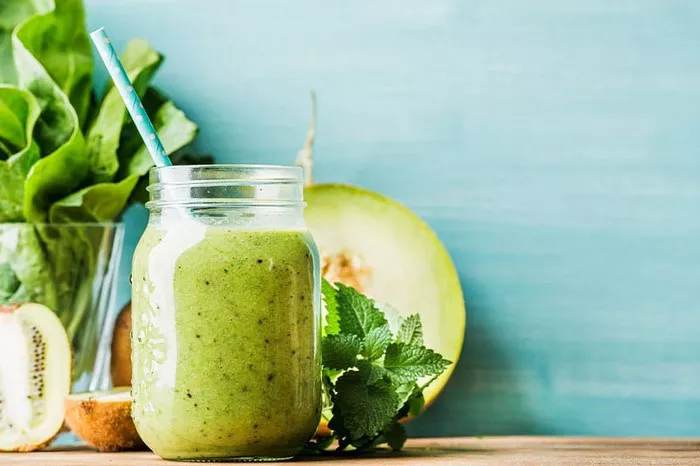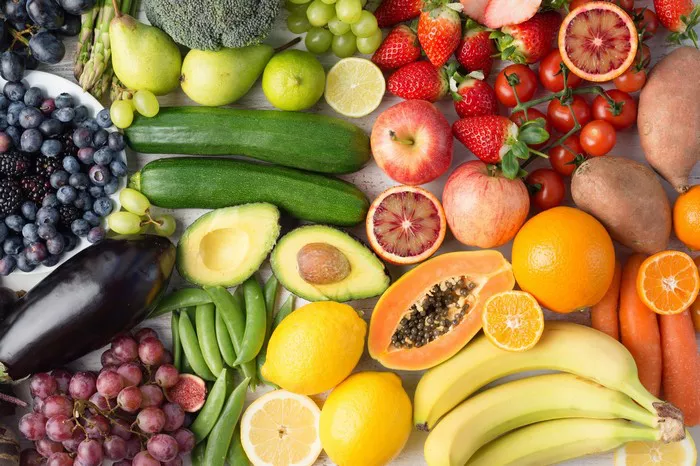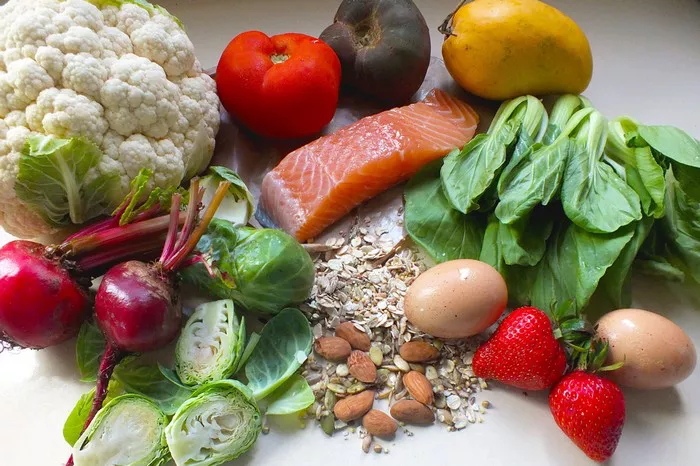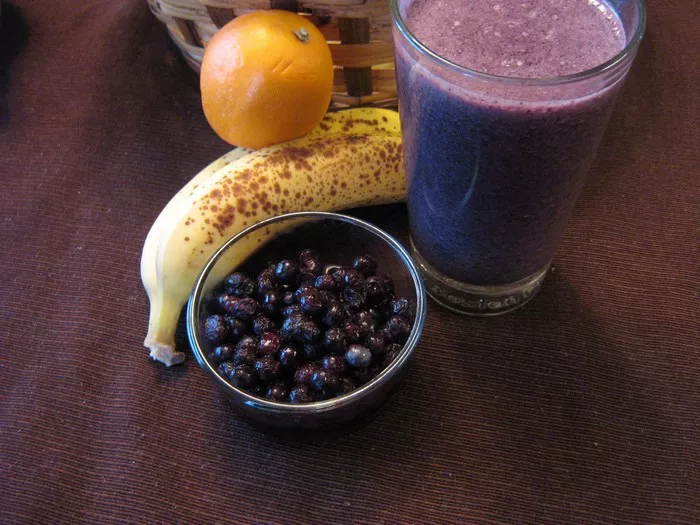Açai smoothies have taken the health and fitness world by storm, and for good reason. These vibrant purple concoctions are not only visually appealing but also pack a powerful nutritional punch. Originating from the Amazon rainforest, açai berries are rich in antioxidants, healthy fats, fiber, and a variety of essential nutrients. In this extensive article, we will explore every aspect of making an açai smoothie, from sourcing the right ingredients to perfecting the blending process and customizing it to suit your taste and dietary needs.
Understanding Açai Berries
Antioxidant – rich: Açai berries are renowned for their high antioxidant content. These antioxidants, such as anthocyanins, help combat oxidative stress in the body. Oxidative stress is linked to a variety of health issues, including aging, heart disease, and certain types of cancer. The deep purple color of the açai berries is a visual indicator of their rich antioxidant profile, making them a valuable addition to any diet.
Healthy Fats: The berries contain healthy fats, including omega – 3, omega – 6, and omega – 9 fatty acids. These fats are essential for maintaining good health, as they support brain function, improve heart health, and help with nutrient absorption. The presence of these fats also gives the açai smoothie a creamy texture and a satisfying feeling of fullness.
Fiber Content: Açai berries are a good source of dietary fiber. Fiber is crucial for digestive health as it promotes regular bowel movements, helps maintain a healthy gut microbiome, and can aid in weight management by reducing appetite. Adding açai to your smoothie can contribute to your daily fiber intake and keep your digestive system running smoothly.
Vitamins and Minerals: These berries are rich in several vitamins and minerals. They contain vitamin A, which is important for vision, immune function, and skin health. Vitamin C is also present, providing antioxidant benefits and supporting the immune system. Additionally, açai berries contain minerals like calcium, potassium, and magnesium, which are essential for maintaining healthy bones, proper muscle function, and fluid balance in the body.
Forms of Açai Available
Frozen Açai Pulp: Frozen açai pulp is one of the most common and convenient forms for making smoothies. It is usually sold in packets or small tubs in the freezer section of health food stores or supermarkets. The pulp is made by pureeing the açai berries and freezing them quickly to preserve their nutrients. When using frozen açai pulp, it’s important to make sure it’s thawed slightly before adding it to the blender to ensure an even blend.
Açai Powder: Açai powder is another option. It is made by freeze – drying the berries and then grinding them into a fine powder. Açai powder is shelf – stable and can be stored in a cool, dry place. It’s a great choice if you want to have açai on hand for smoothies at any time. However, when using powder, you may need to adjust the amount based on the concentration compared to the pulp. It also requires a bit more liquid to blend properly.
Fresh Açai Berries (if available): While fresh açai berries are relatively rare outside of the Amazon region, if you can get your hands on them, they can be used to make an authentic açai smoothie. Fresh berries have a unique flavor and texture. They are usually small, purple – black in color, and have a slightly tart taste. When using fresh berries, you may need to remove the seeds and blend them with other ingredients as you would with other fruits.
Selecting Complementary Ingredients
Bananas: Bananas are a classic addition to açai smoothies. They add a natural sweetness, a creamy texture, and a good amount of potassium. A ripe banana is ideal as it is softer and sweeter. The starch in bananas also helps to thicken the smoothie. You can either slice the banana or break it into pieces before adding it to the blender.
Berries: Other berries such as strawberries, blueberries, and raspberries work well with açai. They enhance the antioxidant content and add a variety of flavors. Strawberries bring a sweet and slightly tangy flavor, while blueberries have a more subtle, sweet taste. Raspberries add a touch of tartness. You can use fresh or frozen berries depending on your preference and availability. Frozen berries can also help to make the smoothie colder and thicker.
Tropical Fruits: Tropical fruits like mangoes, pineapples, and papayas can give your açai smoothie a delicious and exotic twist. Mangoes are rich in vitamin A and add a creamy, sweet flavor. Pineapples contain bromelain, an enzyme that aids in digestion, and have a tangy, sweet taste. Papayas are high in vitamin C and have a unique, soft texture and a sweet flavor. These fruits can be combined with açai to create a refreshing and indulgent smoothie.
Separation or Watery Texture
Type of Ingredients: Certain fruits and vegetables with high water content can cause a smoothie to become watery. For example, cucumbers, watermelons, and tomatoes are very juicy. If you’re using a large amount of these ingredients, you may need to adjust the recipe by reducing the amount of other liquids or adding more thickening agents like bananas, avocados, or yogurt.
Lack of Thickeners: If your smoothie separates or is too thin, it may be because you didn’t include enough ingredients to thicken it. As mentioned earlier, bananas are a great thickening agent. You can also use other fruits like mangoes, papayas, or pears. Dairy products like yogurt and kefir can also add thickness. If you prefer a non – dairy option, try using silken tofu or a small amount of nut butter.
Blending Order: The order in which you add the ingredients to the blender can affect the texture. Make sure to add the liquids first, followed by the softer fruits, and then the harder ingredients. This helps to create a more stable emulsion and reduces the chances of separation. If your smoothie has already separated, give it a good stir or blend it again briefly.
Unpleasant Taste or Flavor Imbalance
Too Much or Too Little of an Ingredient: An unpleasant taste may be due to an imbalance in the ingredients. If you’ve added too much of a certain fruit or add – in, it can overpower the other flavors. For example, if you add too much honey, the smoothie may be overly sweet. On the other hand, if you don’t use enough sweetener or flavor – enhancing ingredients, the smoothie may taste bland. Taste your smoothie as you’re making it and adjust the amounts of ingredients accordingly.
Using Poor – quality Ingredients: The quality of your ingredients matters. If you use overripe or underripe fruits, it can affect the flavor of the smoothie. Make sure to choose fresh, ripe fruits and vegetables. If you’re using store – bought juices or dairy products, check the labels for added sugars, preservatives, or other unwanted substances. Using high – quality, natural ingredients will result in a better – tasting smoothie.
Combining Incompatible Ingredients: Some ingredients just don’t go well together. For example, combining very sweet fruits with strong – flavored vegetables like broccoli may result in an odd taste. Experiment with different combinations but be aware of which flavors complement each other. If you’re not sure, start with simple and classic combinations and gradually expand your experimentation.
Conclusion
Making an açai smoothie is a delightful and rewarding process that allows you to enjoy the unique flavor and numerous health benefits of açai berries. By understanding the different forms of açai, selecting complementary ingredients, using the right equipment, mastering the blending techniques, customizing the smoothie to your liking, serving and garnishing it attractively, and knowing how to store and troubleshoot any issues, you can create a delicious and nutritious açai smoothie every time. Whether you’re looking for a quick and healthy breakfast, a post – workout refuel, or a refreshing snack, the açai smoothie has the potential to be a favorite in your diet. So, get creative in the kitchen, experiment with different combinations, and savor the goodness of this amazing smoothie.
Related Topics:



























